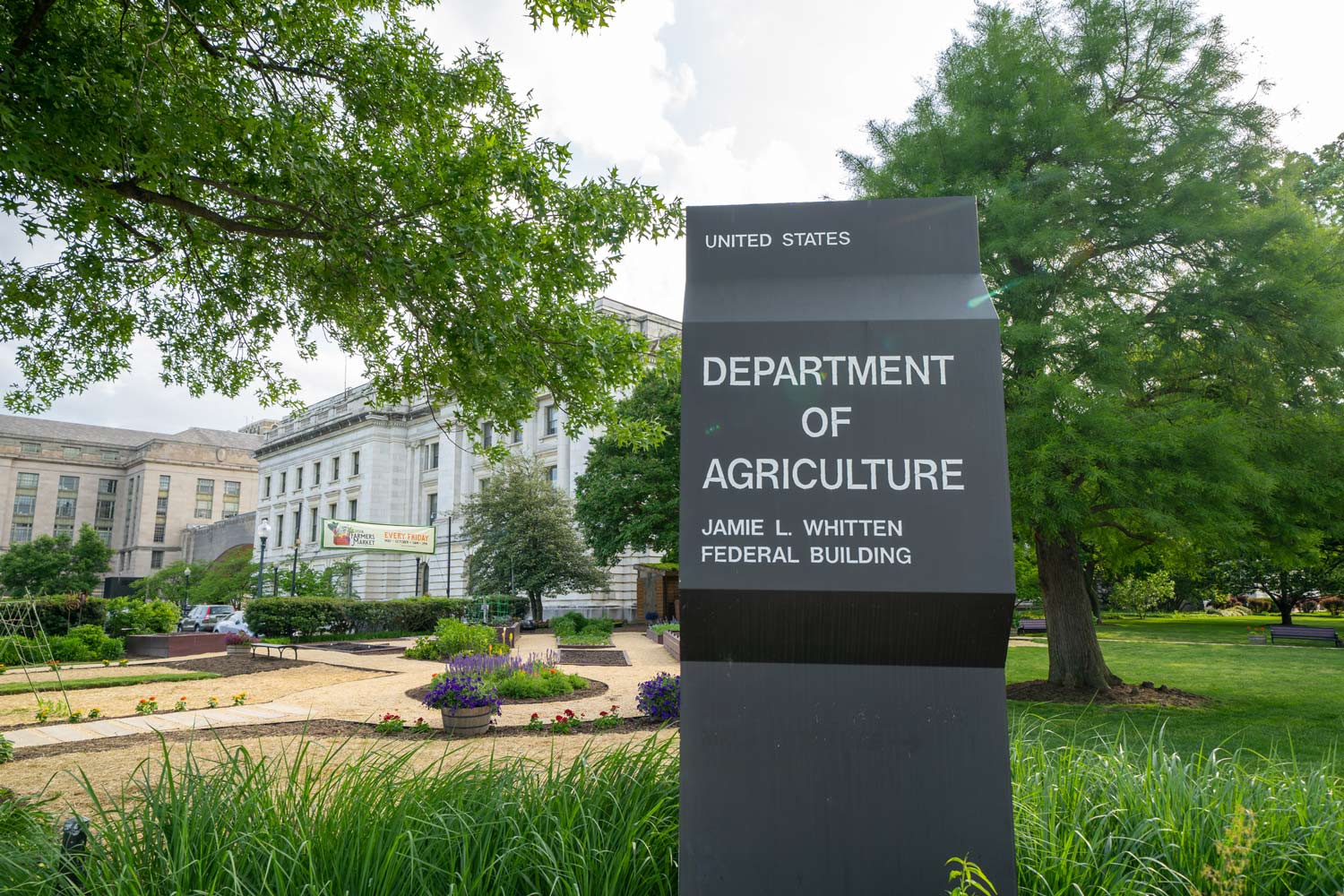USDA & HACCP
Is Your Meat Federally Inspected From Start To Finish?
At C.Roy Inc., we are a U.S.D.A. federally inspected plant.
Do your packages have the U.S.D.A. stamp with the processor’s federal establishment number on each package?
This means that from the time the animal enters the building to the time of pick-up, they have been inspected by the government each step of the way. If there are no federal logos on your packages, the processing plant is not fully U.S.D.A. inspected.
What Is HACCP and What Does It Mean?
HACCP stands for Hazard Analysis Critical Control Point system, it is a process control system that identifies where hazards might occur in the food production process and puts into place stringent actions to take to prevent the hazards from occurring. By strictly monitoring and controlling each step of the process, there is less chance for hazards to occur.
Why is HACCP important?
HACCP is important because it prioritizes and controls potential hazards in food production. By controlling major food risks, such as chemical, and physical contaminants and also microbiological. The industry can better assure consumers that its products are as safe and as good as science and technology allows. By reducing foodborne hazards, public health is strengthened.
What are the major food hazards?
Consumers are concerned primarily about chemical residues, such as from pesticides, and antibiotics. These hazards are nearly non-existent. The more significant hazards in the food industry are microbiological contaminants such as salmonella, E. Coli-0157:h7, listeria, campylobacter and clostridium botulinum. HACCP is designed to focus on and control the most significant hazards.
How can consumers use HACCP?
As a consumer, you can implement HACCP like practices at home by following proper handling, storage, cleaning, and cooking procedures from the time you purchase meat or poultry from the store to the time you cook and serve a meal. There are many steps to take to ensure food safety. Examples: refrigerate meat and poultry, keep raw meat and poultry separate from cooked and ready-to-eat foods, thoroughly cooking meat and poultry refrigerating and cooking leftovers to prevent bacterial growth.
How does HACCP work in food production?
There are seven principles developed by the national advisory committee on microbiological criteria for foods that serve as the foundation for a HACCP system.
They are:
1) Conduct a hazard analysis to identify potential hazards that could occur in the food production process.
2) Identify the critical control points (CCP)–those points in the process where the potential hazards could occur and can be prevented and/or controlled.
3) Establish critical limits for preventive measures associated with each CCP. A critical limit is a criterion that must be met for each CCP. Where appropriate, critical limits may reflect relevant FSIS regulations and FDA tolerances.
4) Establish CCP monitoring requirements to ensure each CCP stays within its limit. Monitoring may require materials or devices to measure or otherwise evaluate the process at CCPs.
5) Establish corrective actions if monitoring determines a CCP is not within the established limits. In case a problem occurs, corrective actions must be in place to ensure no public health hazard occurs.
6) Establish effective recordkeeping procedures that document the HACCP system is working properly. Records should document CCP monitoring, verification activities, and deviation records.
7) Establish procedures for verifying that the HACCP system is working properly. Verification procedures may include reviewing the HAACP plan, CCP records, critical limits as well as conducting microbiological sampling. Both plant personnel and FSIS inspectors will conduct verification activities.
How would HACCP be applied from farm to table?
For the most successful implementation of HACCP, it should be applied from the farm to the table–starting on the farm and ending with the individual preparing the food, whether in a restaurant or home. On the farm, there are actions that can be taken to prevent contamination from occurring, such as monitoring feed, maintaining farm sanitation, and practicing good animal health management practices.
In the plant, contamination must be prevented during slaughter and processing. Once meat and poultry product leaves the plant, there should be controls in place during transportation, storage, and distribution.
In retail stores, proper sanitation, refrigeration, storage and handling practices will prevent contamination. Finally, in restaurants, food service, and homes, food handlers must store, handle and cook foods properly to ensure food safety.

